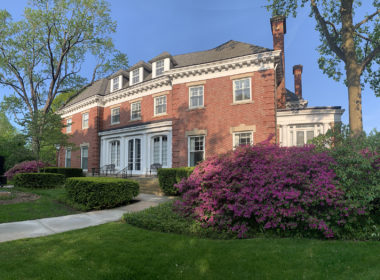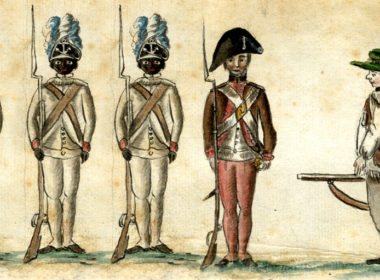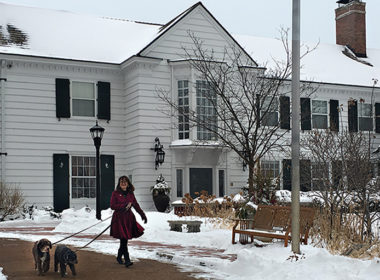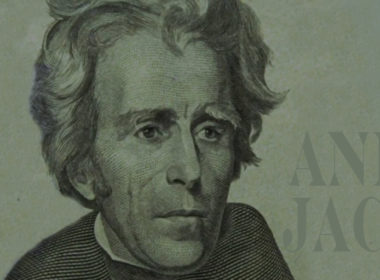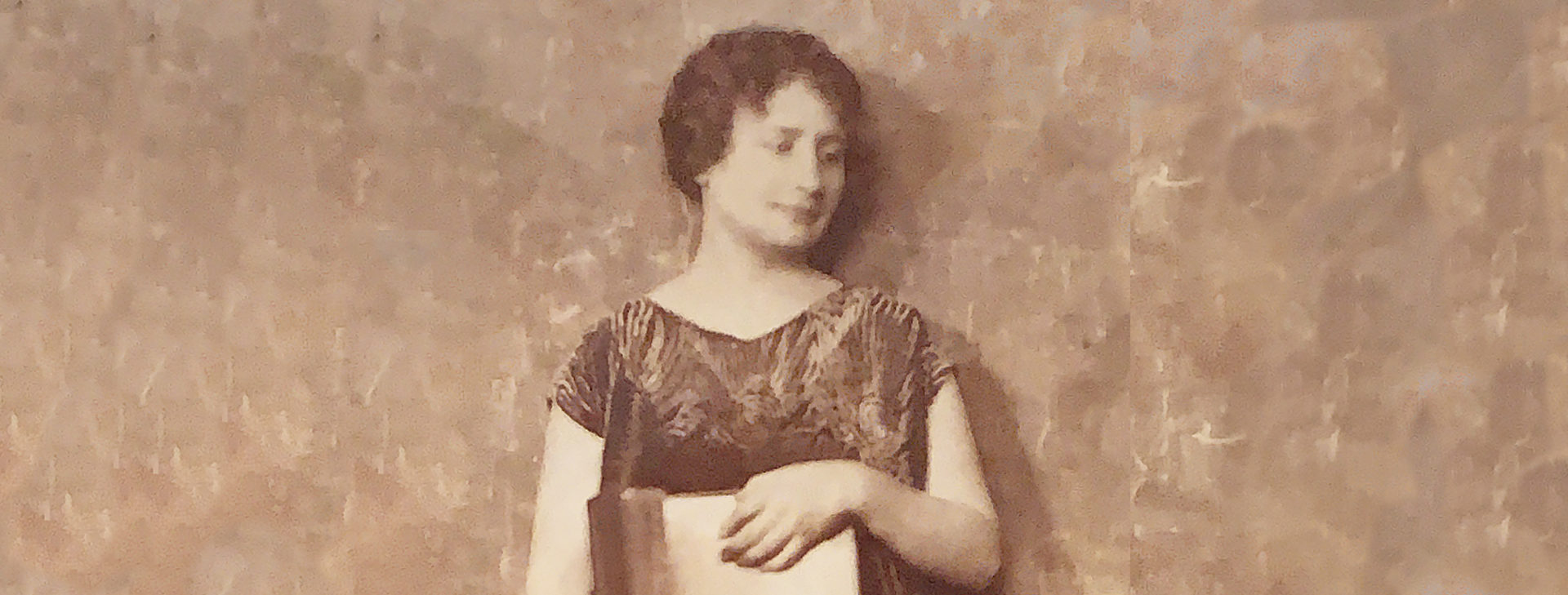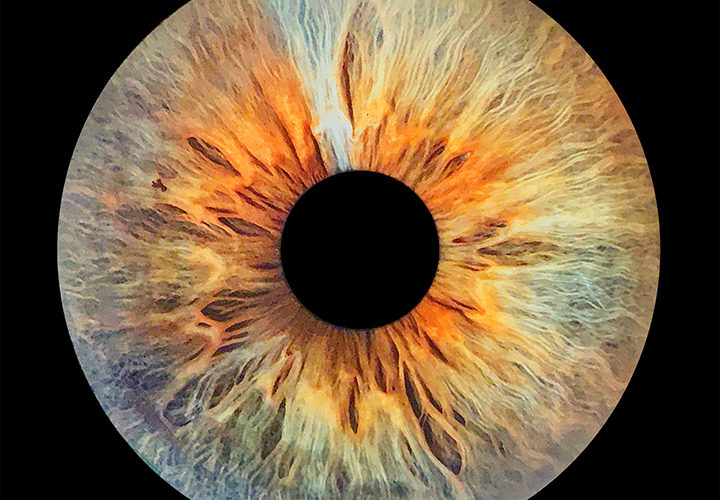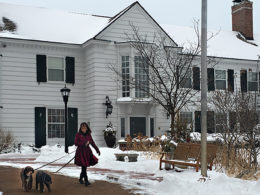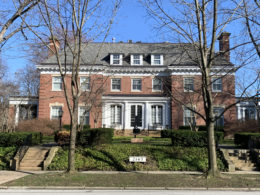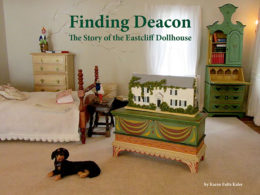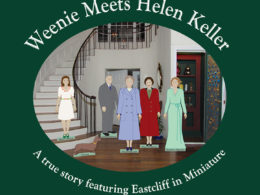Helen Keller’s visit to Eastcliff is one of my favorite stories in Eastcliff: History of a Home. It is told in the garden room section of the book.
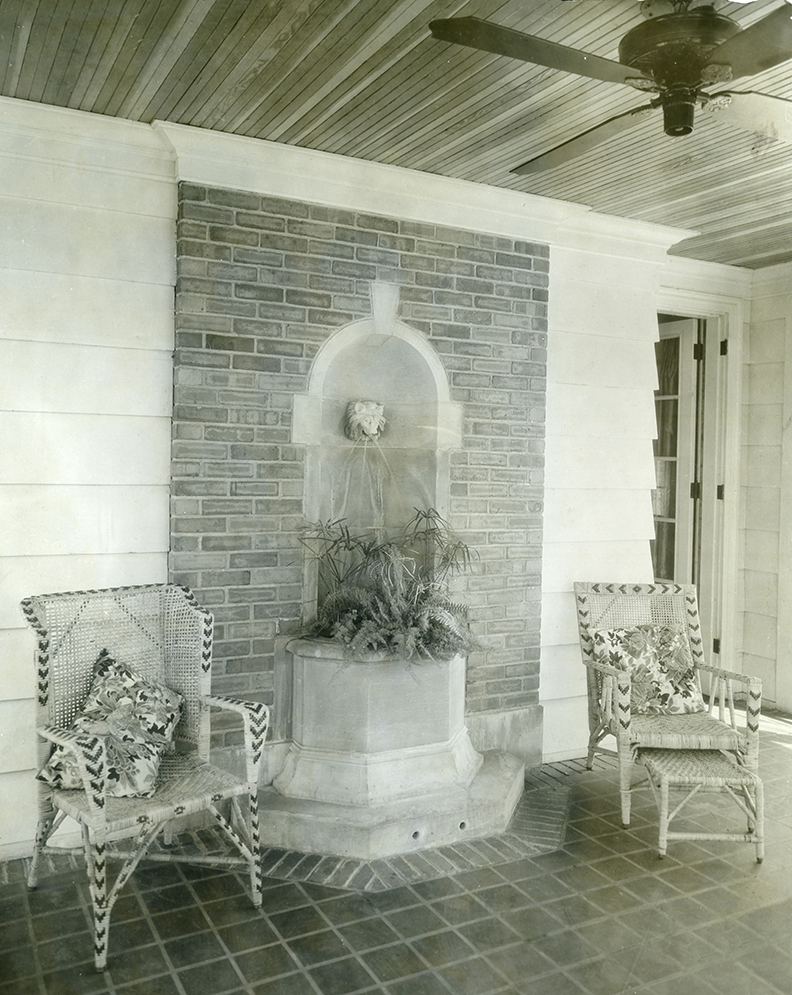
Courtesy of the Brooks family
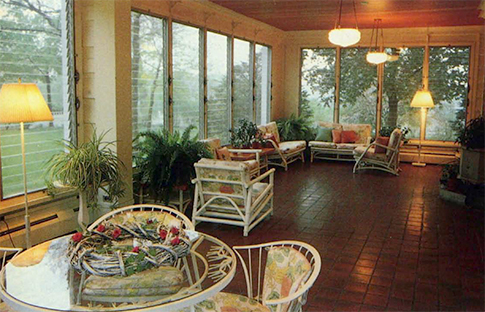
Minnesota Alumni Association Magazine, September/October 1989
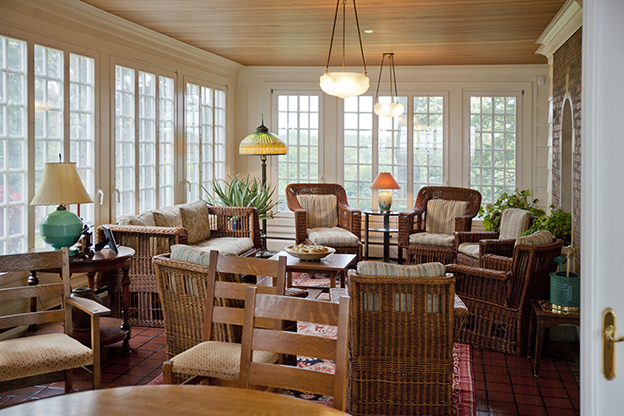
Courtesy of am photography, www.amlifestylephotography.com
Helen Keller in Minnesota
Helen Keller was one of the most famous women in the world, and her fame arose early. She was born in 1880 and became both deaf and blind as a toddler. Although she first learned to read in 1887, by 1888, at age eight, she was such an exceptional student that her Alabama accomplishments were regularly appearing in national newspapers. Not only was she lifted up as an inspiration, her progress was tracked closely, including her easy passing of the Harvard entrance exam, her classes at Radcliffe College, and her graduation with honors in 1904 with no special accommodations.
She was honored with “Helen Keller Day” at the 1904 St. Louis World’s Fair, and her speech there drew the largest crowd of the fair. Her name appeared in Twin Cities newspapers at least monthly, including the front-page news in November of 1913 that the Woman’s Club of Minneapolis had succeeded in arranging for Miss Keller to speak at the Shubert Theater on January 27, 1914. This was her first transcontinental tour, in which she delivered 125 lectures. She returned on January 29, 1915, to lecture in the same location with the same sponsor. From 1916 to 1919, she was ill, she was briefly engaged, and she starred in a silent film (Deliverance). She began travelling and lecturing more regularly in 1919, and appeared at the Orpheum, with Anne Sullivan Macy, in September 1921. She was back again in March 1922, due to the popularity of her previous engagement.
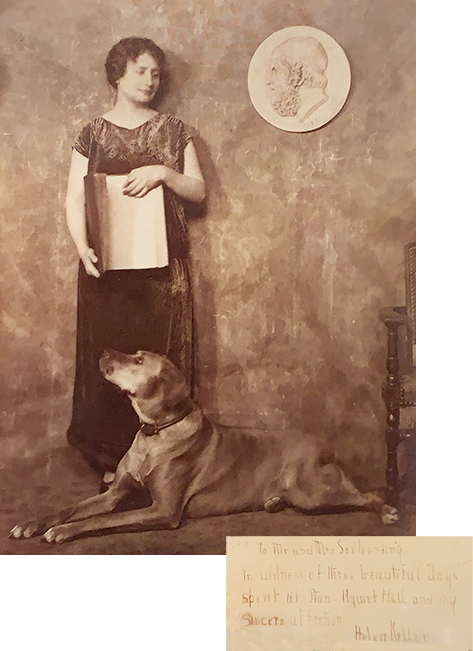
In mid-January 1925, the Minneapolis Star announced Miss Keller would be back in Minneapolis in late January. “Outstanding social leaders of Minneapolis are already planning to entertain Miss Keller on her arrival.” (Perhaps she met Edward and Markell then?)
On January 26, 1925, Miss Keller spoke at a luncheon at the Nicollet Hotel to 150 business men and women, and spoke again that evening at the First Baptist Church on behalf of the American Foundation for the Blind. She arrived the day before, and was said to be staying the rest of the week in the Hotel Radisson.
As described in Eastcliff: History of a Home, Miss Keller was also in Minnesota in 1937, 1938, 1943, 1945, and 1948.
Helen Keller visited Stan Hywet Hall in Akron, Ohio, in 1924. She sent this photo with a thank you note written on the mat of the photo.
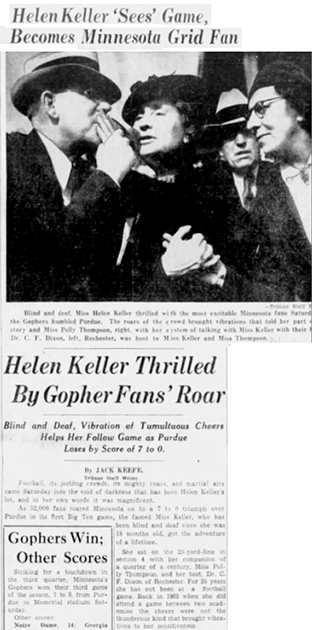
The story of one of Helen Keller’s visits to Eastcliff is shared both in Eastcliff: History of a Home and in my children’s book Weenie Meets Helen Keller.
Helen Keller’s enjoyment of a Gopher football game is described in Eastcliff: History of a Home.
Newspaper clipping on left is from the Minneapolis Tribune, October 9, 1938.
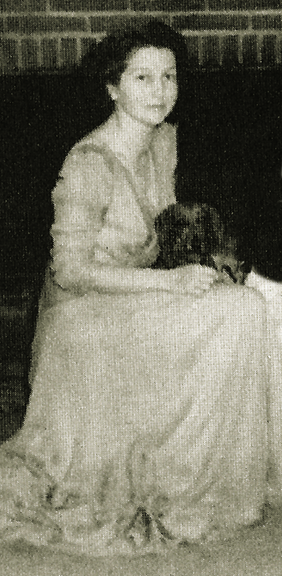
Photo courtesy of the Brooks family
When Helen Keller visited Eastcliff, she had a special encounter with the Brooks family dog Weenie. Another interesting dog story also occurred in the Twin Cities:
A January 28, 1925, article in the Minneapolis Star was headlined “Police Dog Pups Bark Greetings to Helen Keller Here,” with a subhead, “Noted Blind Woman Will Pick Pair for Training to Lead Sightless.” Miss Keller was greeted at the Hotel Radisson by a selection of 10-week-old, fuzzy, frisky police dog puppies. . . raised at the Radisson Farms from imported German shepherd stock—prize winners at every dog show—with pedigrees known all over the country. Plans have been suggested for training police dogs to act as guides for the blind in Minneapolis, conducting them safely through loop traffic. Simon Kruse, Hotel Radisson manager, under the plan would give two pups each year to the Minneapolis blind organization to be trained for this work.
Miss Keller was to be given the privilege of selecting the two to be first trained. “And,” said Mr. Kruse, “If she’d like one herself, she’s welcome to it.” Those in Miss Keller’s party said there was no doubt in the world about her “liking one.”
Newspaper clipping is from the Minneapolis Star, January 28, 1925.

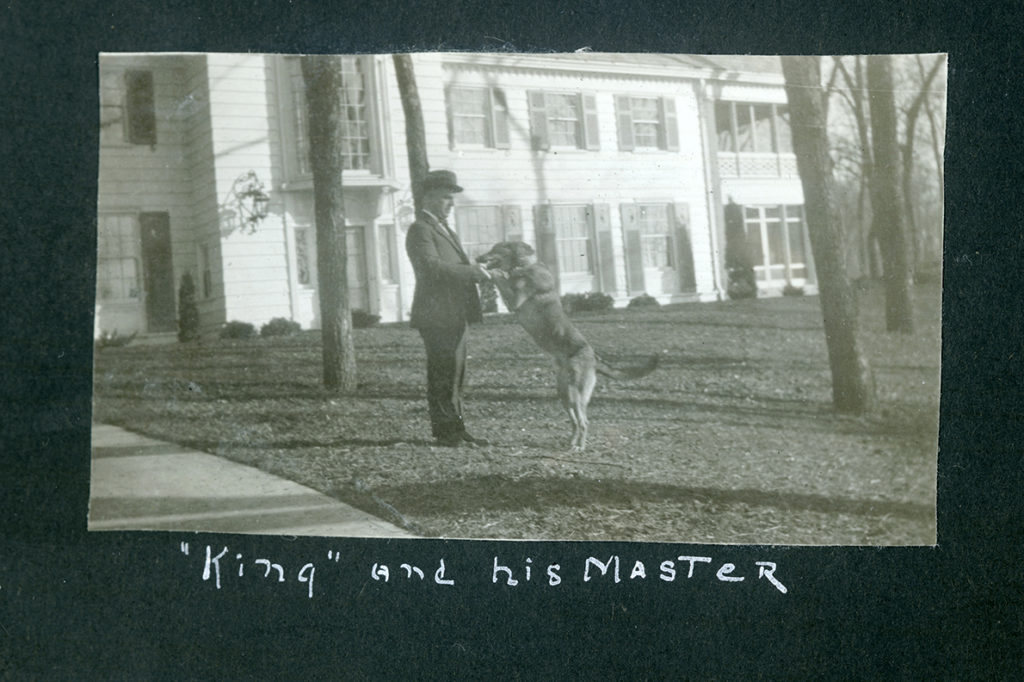
Edward Brooks’ children said that their father was excellent with dogs, almost a professional dog trainer. In a Brooks family photo album, there is a wonderful photo of Mr. Brooks with a handsome dog named King who appears to be a German shepherd.
Photo courtesy of the Brooks family
Buddy, America’s first seeing-eye dog
The first seeing eye dog in the America, Morris Frank’s famous German shepherd Buddy, was brought to the United States in 1928, three years after the Radisson Farms attempt at training guide dogs. Dogs were first trained as guide dogs for the blind in 1916 in Germany, and were used in Europe shortly after that time. The Minnesota attempt to train guide dogs in 1925 apparently either failed or was limited in scale; I could find no other information about it.
Morris Frank’s dog Buddy was trained by Dorothy Eustis, an American dog trainer living in Switzerland who had learned of the guide dog training in Germany.
Morris Frank’s story has personal interest for me. Frank was born and raised in Nashville, as was I. He started the Seeing Eye Institute in New Jersey. I still have the book Buddy, the First Seeing Eye Dog, which I read to our sons. In the 1990s, while we lived in Delaware, we raised a puppy (a sweet, rambunctious yellow lab named Brutus) for the Seeing Eye Institute.
Visits in the Eastcliff Garden Room
As described in the book, Binky Brooks told me the detailed stories about Helen Keller. Once when Binky was visiting from California, I invited Barbara Bentson, who went to school with Dwight Brooks as a child, to visit along with Binky. We sat together in the garden room for that memorable reunion.
Barbara and Binky at Eastcliff; Right: Barbara, Binky, and Karen
(Full disclosure: although I look tall in this photo, I am 5’3”.)
Photos by Pam Hudson
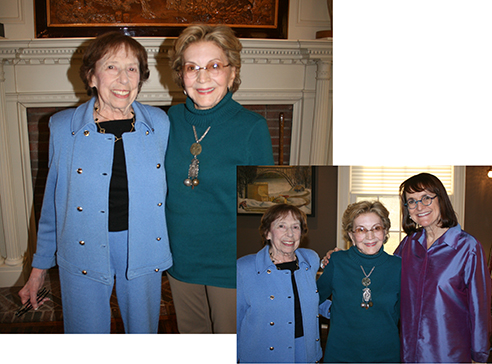
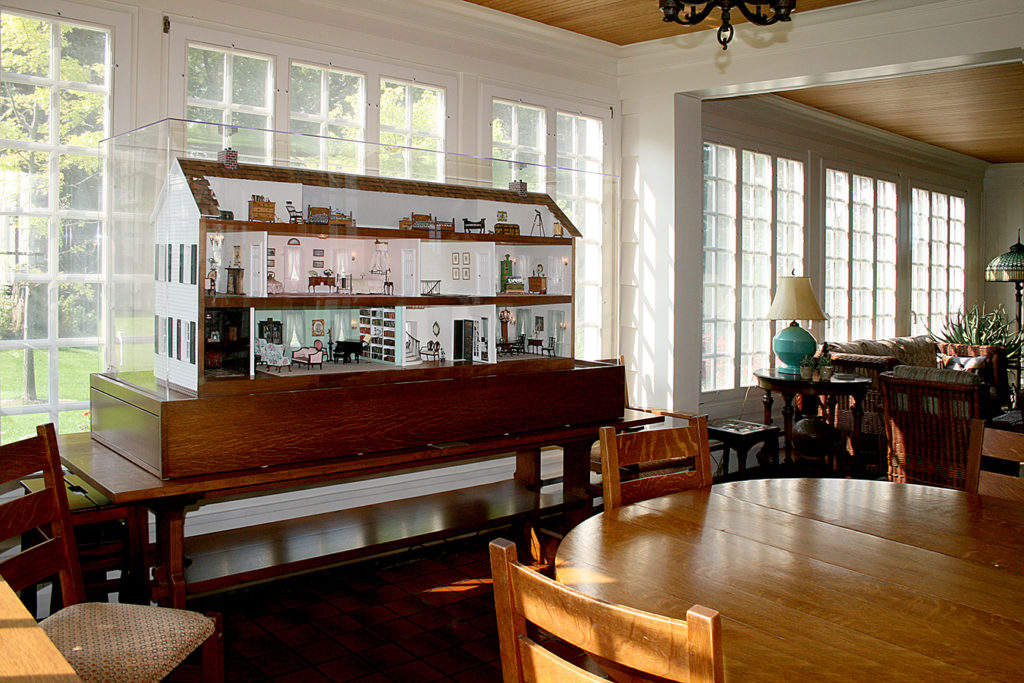
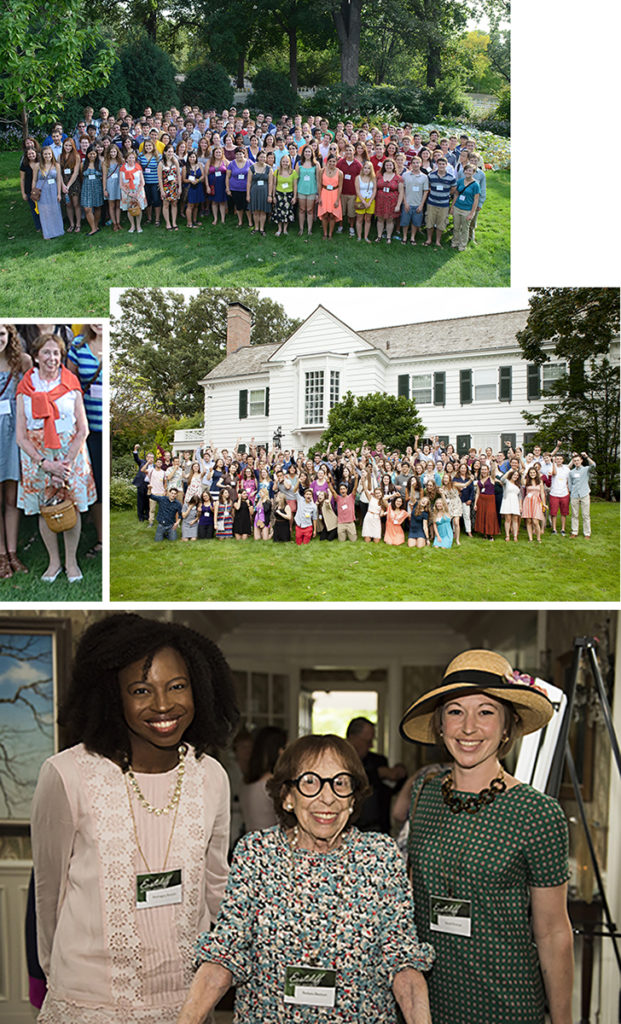
Barbara Baer Braman Bentson
I dedicated Eastcliff: History of a Home to all the residents who have called Eastcliff home, with regret that the dedication does not technically include Barbara Bentson. Barbara was a dear friend to me and to Eastcliff. She gave life to the miniature version of Eastcliff, and I believe the spirit of Barbara is represented in that creation, so she is a resident of sorts.
Barbara was married to Eddie Braman for fifty-four years, and by all she told me I would say it was an excellent marriage. Larry Bentson had been Eddie’s friend since childhood. They joined the Navy together (on December 8, 1942), and served together in World War II. The two couples, Eddie and Barbara, Larry and Nancy, would go out to dinner together regularly, but often the men talked together while the women talked together. Nancy Bentson died in August of 2004. When Eddie died four months later, Larry rushed to Barbara’s side, and remained. Once they realized they were in love, Larry was eager to marry quickly. Regarding the situation of being surprised by love late in life, with a man she had known many years, Barbara told me, “Eddie would wish me well, but Nancy would shoot me.” Larry Bentson died in 2009. Barbara Baer Braman Bentson died in 2017.
Top three photos above: Bentson Scholars picnics at Eastcliff with Barbara Bentson (Photos courtesy of am photography)
Bottom photo above: Barbara Bentson with her granddaughter and granddaughter-in-law, at the Friends of Eastcliff Garden Party, 2017 (Photo by Patrick O’Leary, University of Minnesota)
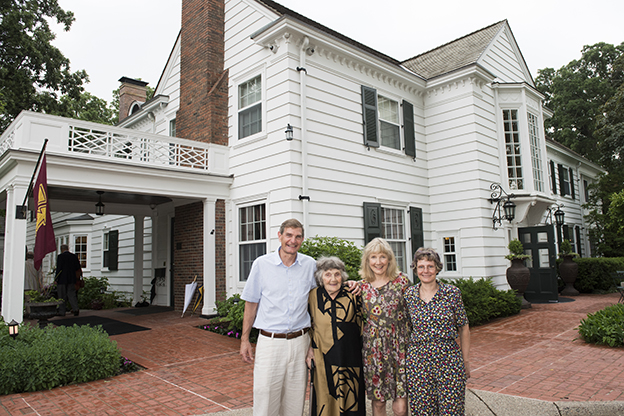
Photo by Patrick O’Leary, University of Minnesota
Margaret Tracy Gager Moos
Another special friend who I visited with in the garden room was Tracy Moos. Before I met her, a year or so after we arrived, someone mentioned to me that Tracy lived in St. Paul. I began inviting her to events. Around the third or fourth time I invited her, she came.
When I met her I exclaimed, “I’m so glad to meet you!”
“Me?” she replied.
“Yes! Haven’t you noticed that I have sent you several invitations? Ever since I found out you lived in St. Paul, I have been trying to meet you.”
“You mean when you found out I was still alive!” she answered, in her inimitable way. (Tracy was born the year after Eastcliff was built.) I laughed and we became instant friends. I showed her the black guest bath, remodeled during her tenure, and told her I called it the Tracy Moos bathroom. “I did some crazy things,” she said.
When I realized Tracy was an active member of the University of Minnesota Women’s Club non-fiction book group, I joined that group to spend more time with her. I also visited her at her house with children Kathy and Grant, where I heard more about their years at Eastcliff.
I invited Tracy and her youngest daughter, Margie, over for lunch in the garden room. Malcolm Moos was president when my friend Nancy Lindahl was a student, so I invited Nancy to join us. Nancy told Tracy and Margie about her parents visiting Eastcliff. Nancy shared that her mother was so honored to attend events at Eastcliff that she saved all of the invitations she had received through the years, and kept them tied together with a ribbon. Nancy showed Tracy and Margie a black-and-white photo of her mother, Betty Miller.
Margie, who had been a little girl at the time, looked at the photo and said, “She wore blue a lot.” Margie went on the explain that most people ignored the children. Nancy’s mother paid attention, and Margie remembered her.
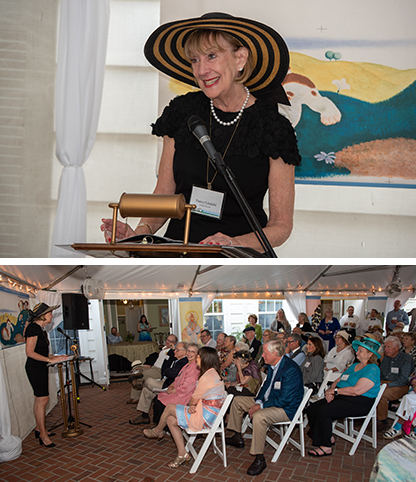
Nancy Miller Lindahl
John and Nancy Lindahl are loyal alumni and wonderful friends to the University, and to us. They visited Eastcliff as part of the University of Minnesota Alumni Association (UMAA) leadership beginning in the 1990s. Bob Bruininks invited them to Eastcliff to ask them to co-chair the fundraising campaign for the Gopher football stadium. They were the natural choice to co-chair the University’s four-billion-dollar campaign, Driven. (Nancy always says, “Four billion, with a B!”) In 2013, Eric asked each of them separately to chair the campaign (and not at Eastcliff).
Nancy Lindahl speaking at the Friends of Eastcliff Garden Party, 2018. (Photo by Chris Cooper, University of Minnesota)
Both the Lindahls have strong University roots. John’s mother was on staff at the University’s Institute of Child Development. Nancy’s parents, Ralph and Betty Miller, were both on faculty when they met in Northrop Auditorium. Nancy’s father was a professor on the St. Paul campus for many decades, and was parliamentarian of the faculty senate.
One of the last events we held at Eastcliff was a reception and presentation of the Regents’ Award to John and Nancy. Ralph and Betty Miller would have been very proud.
Please note: The above text was edited from Eastcliff: History of a Home due to lack of space. It is intended as a supplement to the book.

